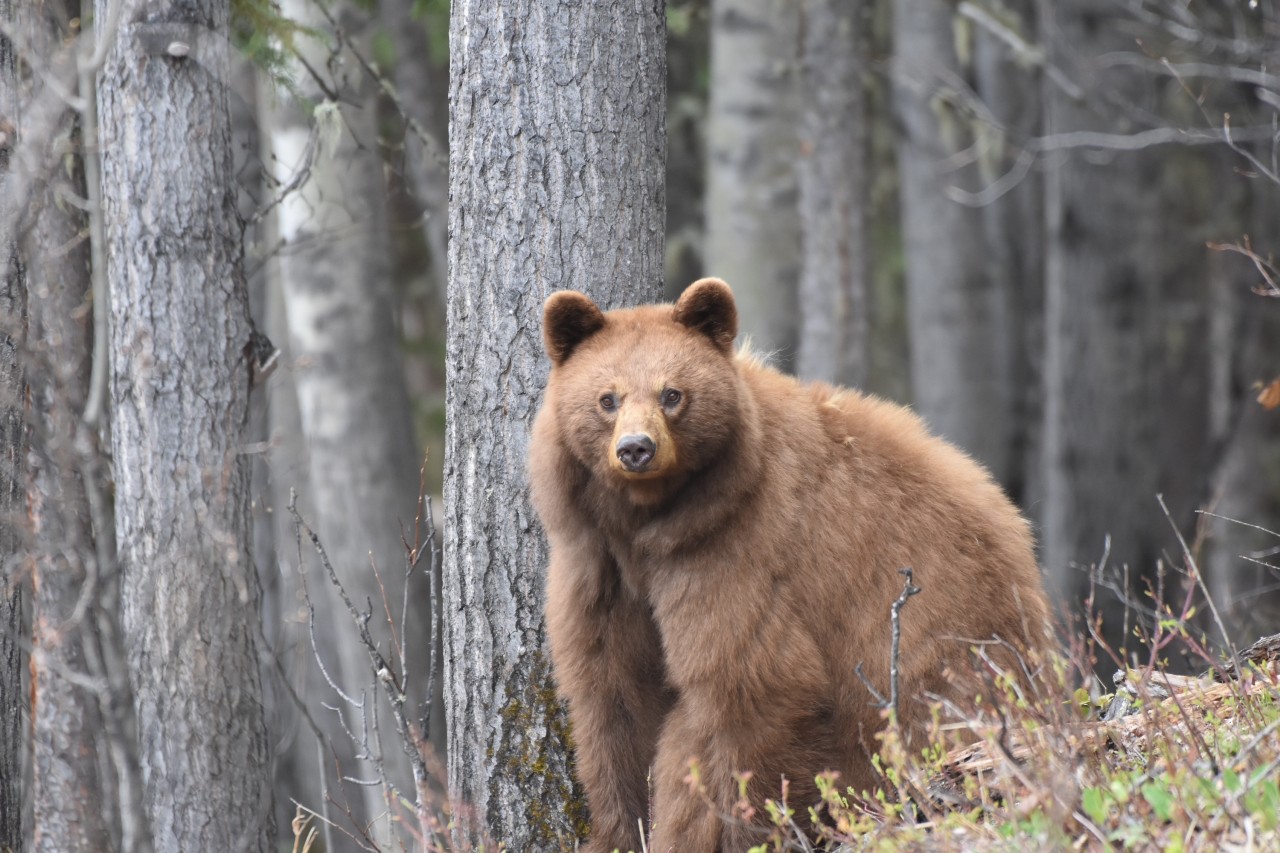WHAT'S NEW
Backgrounder on spatial deferrals in the Prince George Timber Supply Area
FLNRORD will defer logging in some high risk old growth in the Prince George Timber Supply Area according to a recent letter to the Forest Practices Board. Here is some background on how this came to be.
The Biodiversity Order
- In the Prince George Timber Supply Area, the rules around protecting biodiversity are the result of an agreement negotiated in the early 2000s between the provincial government and forest companies.
- The Biodiversity Order was written to protect logging company access to the amount of old forest they want, where they want it. It came into effect in 2004.
- In the Biodiversity Order there are “targets” for retaining old growth in areas that are logged, how big those retention areas have to be, and what proportion of the area they must make up.
- Those targets are known by ecologists and biologists to be way below what the science says must be protected to avoid ecological collapse in our region.
The Forest Practices Board investigation and report
- Complaints from the public who observed extreme levels of logging in endangered old growth spruce stands north of Prince George triggered an investigation by the Forest Practices Board in 2019.
- The Board investigation found that biodiversity, which is another term for the variety and variability of plants and animals, is at high risk in the PG TSA because of industrial logging of old forests.
- The Board concluded that the Biodiversity Order is so inadequate that even if logging companies fully complied with it, the result would be the unsustainable loss of critical wildlife habitat.
- The Board recommended that FLNRORD identify on maps where the most at risk old growth is and promptly protect it using Old Growth Management Areas (i.e. create areas that are off-limits to industrial logging).
- The Board also recommended that FLNRORD update the Biodiversity Order so that it reflects the latest science. Both processes (the mapping and the updating of the Biodiversity Order) must involve ecologists and biologists.
FLNRORD response to the Forest Practices Board report
- At the end of May 2021, FLNRORD stated that they will temporarily defer logging in some high-risk old growth areas in the Prince George TSA (which they call “spatializing”) in accordance with the 2004 Biodiversity Order (which is out of date).
- FLNRORD will not update the Biodiversity Order to reflect the latest science.
- Instead, they will reply on “land use planning” over the next three years to determine the fate of remaining vulnerable old growth forests in the TSA.
- This means that they will address part of Recommendation 1 (which recommended Old Growth Management Areas not temporary deferrals) and none of Recommendation 2 (which calls for an update of the Biodiversity Order).
Conservation North response
- Deferrals will be temporary but they will buy some desperately-needed time for wildlife, including endangered caribou, fisher and northern goshawk and all wildlife.
- These deferrals are an important first step.
- However, these deferrals will only cover some of the most high-risk old growth. If we log everything except these temporarily deferred areas we will have ecological collapse.
- According to FLNRORD, decisions about the long-term fate of old growth forests will be left to land use planning tables. These negotiating tables will include forest companies.
- We do not agree with this. Life and death decisions about ecosystems and wildlife on the brink should not be a negotiation with forest companies.
- Land use planning turns what ought to be a decision based on science and ethics into one made by politics and power.
- There is language on the BC government website that suggests that tenure holders have more rights within land use planning processes than others. Will logging company perspectives carry more weight when they’re the ones responsible for the damage to wildlife habitat and populations here?
- FLNRORD says that land use planning will take up to three years, which leaves too much time for licensee to submit cutting permits in old growth.
- We need to protect enough old forest to maintain species such as grizzly bears, salamanders and owls over the long term. That is, enough habitat for ecological resilience.
- To do what is right for nature, and in turn ourselves, we must to follow what the ecological science says and make much larger areas off-limits to industrial logging. Scientists are preparing this ecological resilience mapping now.
- To plan for the future we must preserve all options now.
Fox guarding the henhouse
- There are other serious problems with the PG TSA Biodiversity Order in the that were not addressed in the 2020 Board investigation report.
- One problem is that the work of keeping track of what has been logged and how much old growth remains in the TSA is left to a group of logging companies, as opposed to an independent scientific body or BC government staff.
- Another is that recruitment strategies are considered a valid form of retention. A recruitment strategy is basically an IOU to government for old growth that doesn’t exist yet. This allows logging companies to use younger forests to meet old forest retention targets.
Final thoughts
- There can be no sustainable forestry in BC without comprehensive protection of nature.
- Ecological scientists have identified the forests at greatest risk, so a significant piece of the puzzle is now in place. They are now working on developing mapping of ecological resilience. We must apply their work.
More information:
The FLNRORD letter: https://www.bcfpb.ca/wp-content/uploads/2021/06/IRC235-Response-to-Recommendations.pdf
What BC says modernized land use planning will look like: https://www2.gov.bc.ca/assets/gov/farming-natural-resources-and-industry/natural-resource-use/land-water-use/crown-land/land-use-plans-and-objectives/policies-guides/mlup_guide_effective_stakeholder_engagement_8jun2021.pdf
The licensee working group: https://www.for.gov.bc.ca/ftp/TPG/external/!publish/Forest_Stewardship_Plans/PG-FSP/Approved%20FSP/Support%20Documents/5.1.1.1.1/2010_LLOWG_%20MOU_signed.pdf
What meaningful deferrals look like according to scientists: https://veridianecological.ca/old-growth-resilience/

